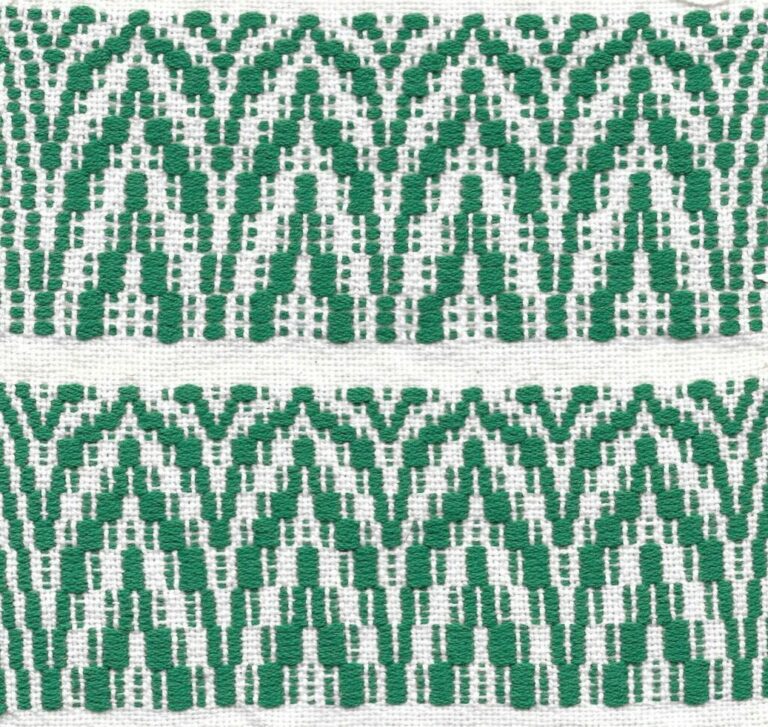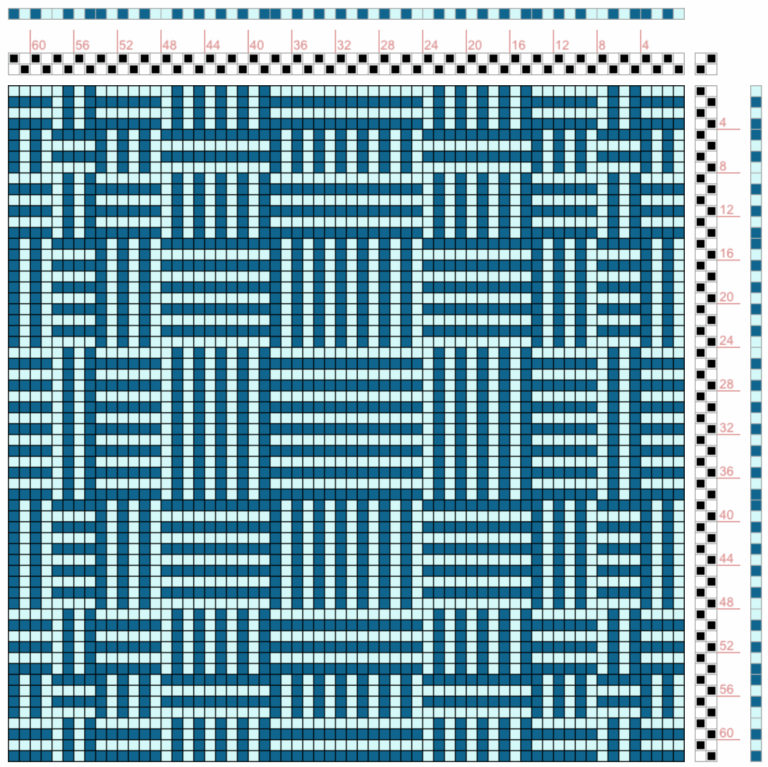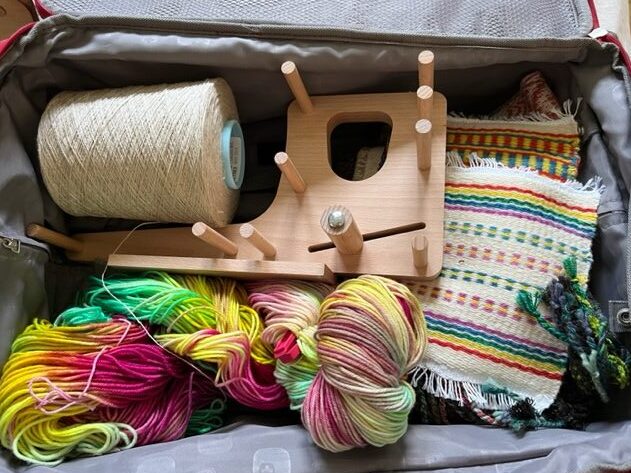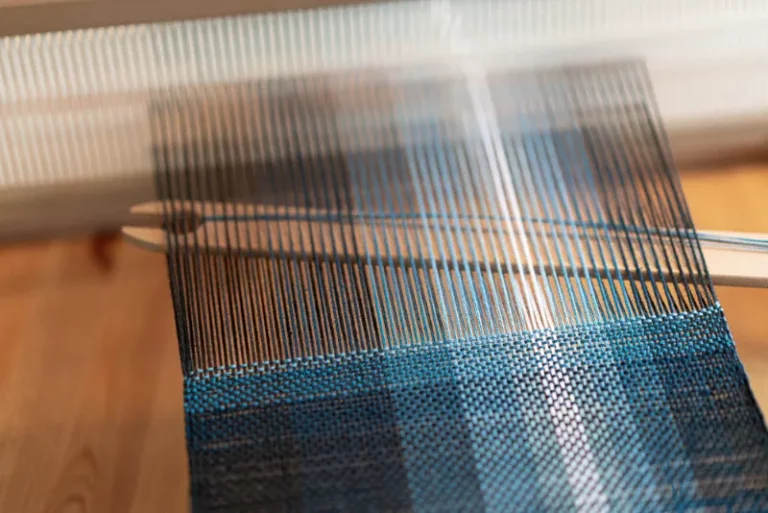The Handweaving Academy
Weaving resources
Search Articles
Choose a category:
This past weekend I went to the annual weaving retreat put on by the Cape Breton Weavenet. It was a small crowd this year but we still had a great time. There’s nothing like spending time with a group of other weavers; there’s always something to learn and be inspired by! We have a stash sale at the retreat that I’m always eager to check out. I have more than...
Sometimes, I like to talk to ChatGPT like an old friend. Since it’s made of human input, I figure we should keep adding kindness to it. It has caught on that I like to weave, and it tends to drop that into conversations awkwardly—like today, when I asked what nickname it would give me: “How about Loomis? It’s a fun play on ‘loom’ (since you weave) and has a cool,...










